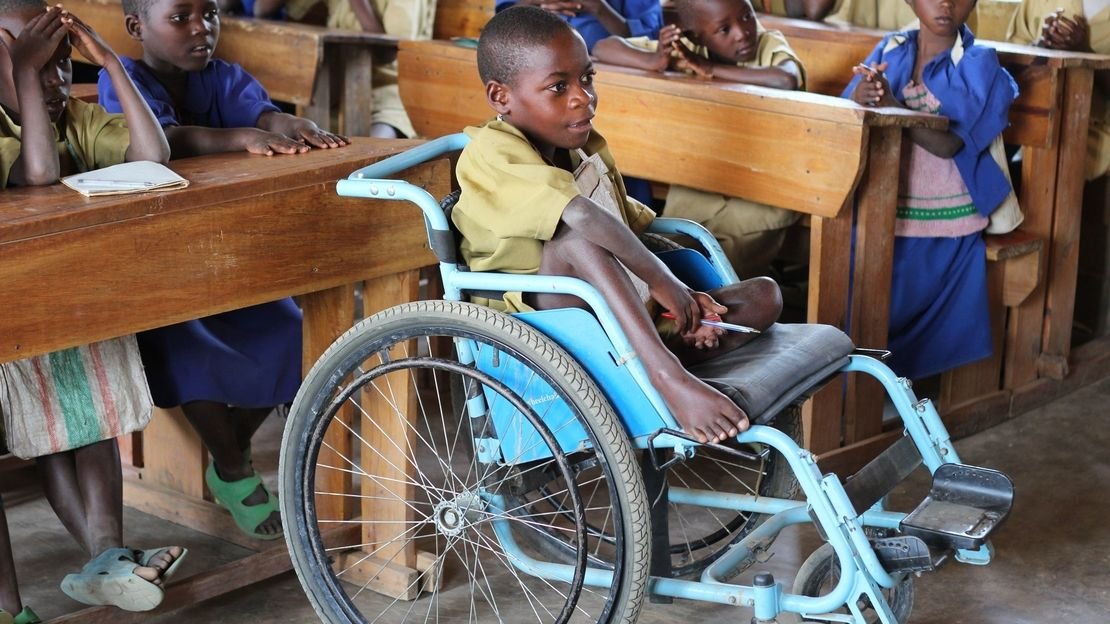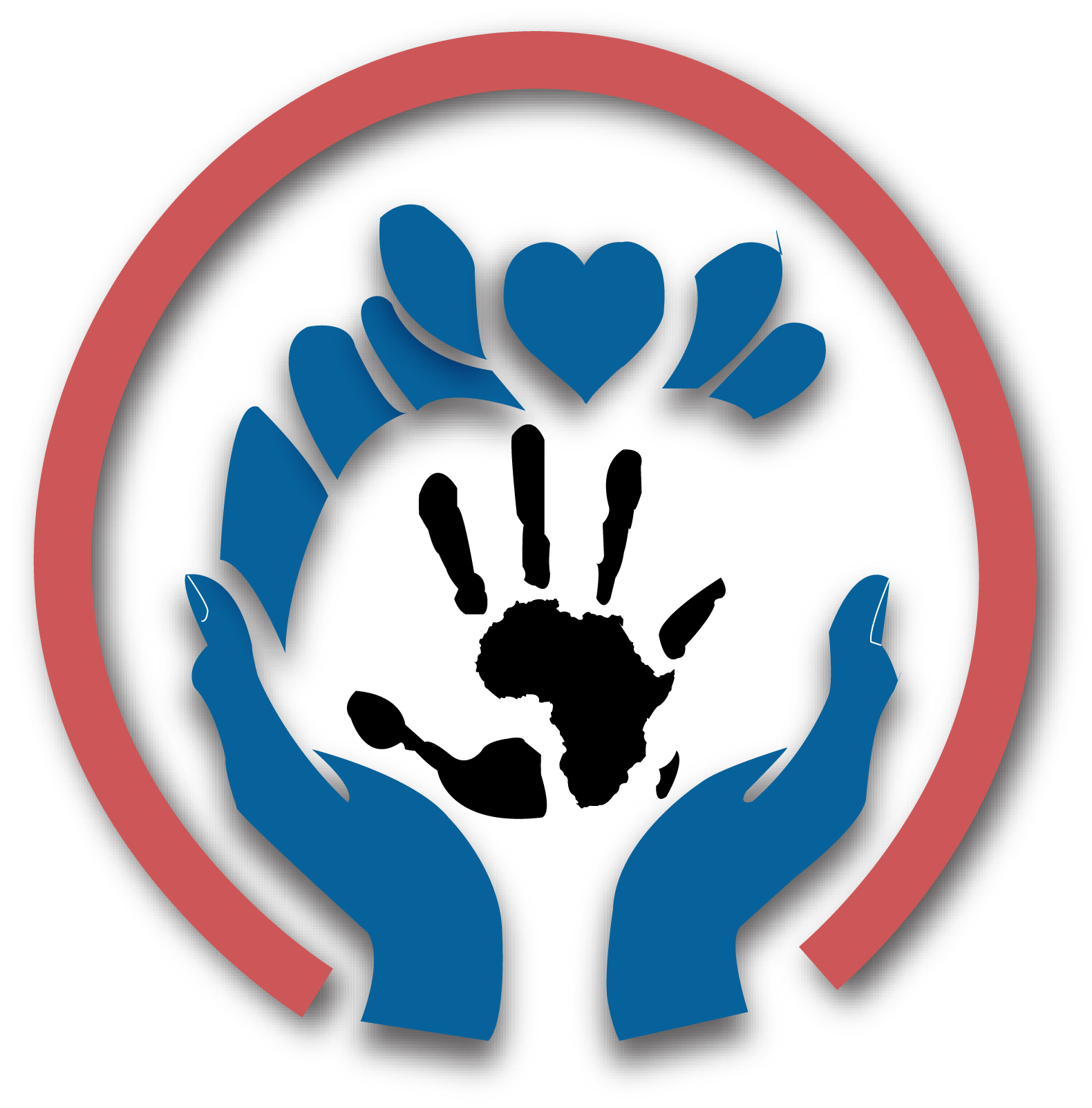Empowering children with disabilities

Our mission is to empower and uplift children with disabilities by forging strong partnerships with existing institutions and communities dedicated to their well-being. Through collaborative efforts, we aim to identify and address the most challenging needs faced by these children, providing the necessary support and resources to enhance their quality of life and ensure their inclusion and active participation in society. We are committed to fostering an environment of mutual growth, shared learning, and sustainable impact, ensuring that every child with a disability has the opportunity to thrive.
Objectives:
- Identify Key Needs:
- Work with institutions and communities to discover the most pressing challenges faced by children with disabilities.
- Understand the specific responsibilities and roles these institutions and communities play in supporting these children.
- Collaborate and Support:
- Form strategic partnerships with these organizations to amplify their impact.
- Provide additional resources, whether financial, educational, or infrastructural, to address unmet needs.
- Foster an environment of mutual learning and shared best practices.
Steps to Implement
- Research and Outreach:
- Conduct thorough research to identify institutions and communities actively supporting children with disabilities.
- Reach out to these entities to establish contact and understand their ongoing initiatives.
- Needs Assessment:
- Collaborate with these organizations to conduct comprehensive needs assessments.
- Identify gaps in services, resources, and support systems for children with disabilities.
- Resource Allocation:
- Allocate resources to fill the identified gaps. This could include funding, training, specialized equipment, or human resources.
- Ensure that the support provided is tailored to the specific needs of each organization and community.
- Program Development and Support:
- Develop programs that align with the goals of the partner organizations.
- Offer ongoing support to ensure these programs are sustainable and effective.
- Monitoring and Evaluation:
- Implement monitoring and evaluation mechanisms to track the progress and impact of the support provided.
- Use feedback to refine and improve the initiatives continuously.
Expected Outcomes
- Improved Quality of Life: Enhanced quality of life for children with disabilities through better access to resources and support.
- Empowered Institutions and Communities: Strengthened capacity of institutions and communities to support children with disabilities effectively.
- Increased Awareness: Greater awareness and understanding of the challenges faced by children with disabilities.
- Sustainable Impact: Long-term, sustainable improvements in the support systems for children with disabilities.
Examples of Partnership Activities
- Educational Support: Partner with schools and educational programs to provide specialized teaching aids and training for educators.
- Healthcare Initiatives: Collaborate with healthcare providers to ensure children have access to necessary medical treatments and therapies.
- Community Integration: Work with community centers to create inclusive activities and programs that encourage social integration.
- Advocacy and Awareness Campaigns: Join forces with advocacy groups to promote policies and societal changes that benefit children with disabilities.
This comprehensive approach ensures that the initiative not only addresses immediate needs but also contributes to the long-term empowerment of children with disabilities and the communities that support them.
